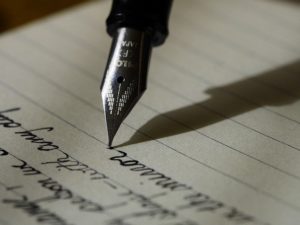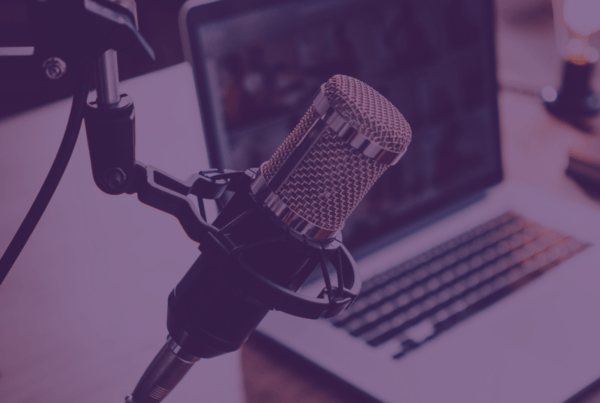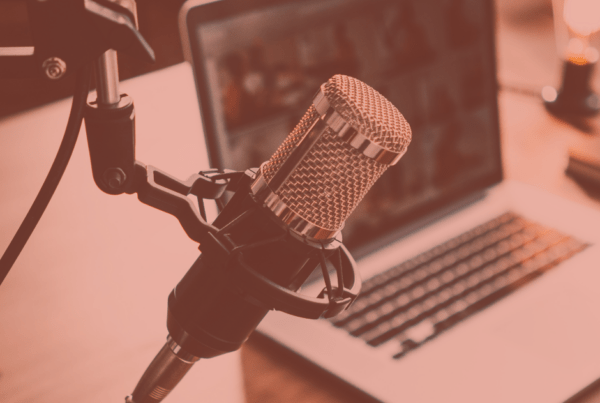Focus groups aren’t complete without a great moderator. This key player does it all, from careful design, to artful moderation, to post-focus group documentation. Let’s explore some of the many hats they wear and why.
The Architect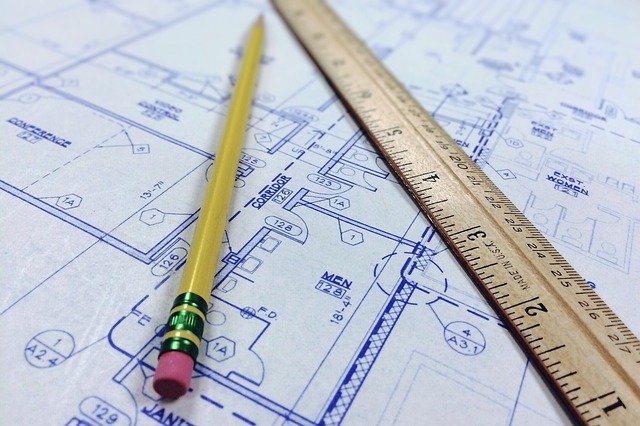
Way before the actual focus group begins, the focus group moderator must engage in thoughtful planning and design, using the purpose of the focus group as the blueprint to formulate appropriate discussion and questions. Effective design encompasses the presentation materials (pictures, diagrams, or demonstratives), with an eye to avoid confusion, remove/add information on the fly and anticipate conversation points. Without this crucial role, goals or purposes will not be achieved, thus resulting in a waste of time and expenses on behalf of the client.
The Tour Guide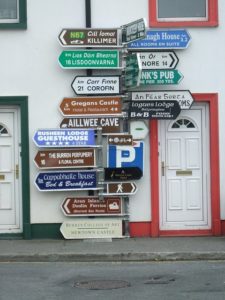
Participants look to the moderator as their tour guide during a focus group. They expect the moderator to tell them where to go, what will be asked of them, and to answer basic logistical questions. Just like a tour guide shares the itinerary, a moderator should provide an introduction and lay out simple ground rules, timing and structure. Later, the moderator can refer back to the introduction to gently remind the group of the structure and keep things moving toward the next destination.
The Ring Master
Every circus has a ring master, just like every focus group has a moderator. Focus groups can get rowdy and off-track, but the show must go on. it is the role of the focus group moderator to keep things moving by neutralizing any ramblers and by keeping the focus on the materials, instead of news or gossip. If there is too much off-topic discussion, time will run out, questions won’t get asked and goals won’t be met. On top of everything, the moderator must perform these tasks politely and without offending the participants.
The Party Host
The best party host is first a solid conversationalist, able to greet and chat with anyone, taking the extra step of introducing like-minded folks to create new dialogue. The focus group moderator must perform a similar role, achieving that delicate balance of talking and listening. He or she should know the participants’ backgrounds and be able create cross-talk among the group, keeping overall design and objectives in mind at all times. If planned questions fail to stimulate conversation, the moderator must be able to jump in and increase the chatter.
The Scribe
After the party’s over, the focus group moderator puts on a new hat, as scribe. Although focus groups should be recorded and have a second set of eyes watching live to take notes, the moderator is uniquely positioned to see body language in the moment and even feel the group energy. These observations are invaluable for the focus group memo and are easily missed when re-watching video. Knowing that stress and performance energy take a toll, the moderator should take time immediately after the focus group to write up the big takeaways, group energy dynamics and body language points. Within 24-48 hours, the moderator can compare notes with other observers, replay video, and then write out full thoughts, explanations and feedback.
Curious how Elizabeth Larrick has learned to wear all of these hats in the role of a focus group moderator?
Elizabeth was first introduced to focus groups in 2013 and hasn’t looked back. She was able to fine-tune her skills with Don Keenan of The Keenan Law Firm during her fellowship in 2016-2017. With hundreds of focus groups under her belt, she continues to grow and master the role of focus group moderator.
Want to have Elizabeth moderate your next focus group? Schedule a free focus group strategy call today.





